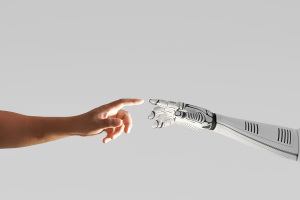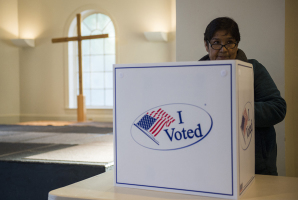Google Chromebook News 2016: Laptops Only Good for 5 Years? Features, Risks and Price Details
Google's Chromebook had dominated the tech market this year, branding itself as a cheaper and fair alternative to those offered by Microsoft and Apple.
The catch? Each laptop may only be good for around five years.
It turns out Chromebooks have an end-of-life (EOL) policy, assuring users only half-a-decade of feature and security updates. What happens after that, as Google would have it, is still up in the air.
The age of Chrome
The laptop series is the first to run the Chrome OS. As the name suggests, it is also the first to run on a browser, namely, Google Chrome.
But don't let that obscure its functionality. Chrome OS boasts a host of apps already available in PC and Mac, such as Microsoft Office, Adobe Photoshop. Google also recently opened Google Play supports, granting users access to Android apps as well.
Furthermore, despite being more lightweight than most laptops, its models can be powerful enough to handle resource-heavy games such as Asphalt.
Its features are also effective with or without the Internet. Online, Chromebooks are cloud-based, meaning files are stored in and apps are synced to Google Cloud. The good news is given, people can access their files anywhere, whether on Mac or on Windows.
But it is not necessary to go online to enjoy its functions. Several Google and Android apps are accessible even offline, and given its portability, users can work anywhere and anytime.
However, the main assets of the Chromebook is its security and rolling release system updates. One can simply reboot their laptop and, even without the usual prompts as Windows or Mac do it, the system automatically boots an up-to-date system. This constant updating, plus the fact that all apps run in a "sandbox" or container, prevents malware and other dangers from entering the system and renders it virtually virus-free.
Where's the risk?
One can buy themselves a Chrome laptop, with all the aforementioned features, at the price of $200 or less. Cheap Windows-run equivalents suffer even with just running more than one app, and Macs never cost less than $900.
It is no wonder that Chromebooks have surpassed Macs in terms of sales over the past months.
In the first quarter of 2016, 2 million Chrome OS laptops were sold in the US, compared to Apple's 1.76 million. The only hurdle in sight is Microsoft—10 million laptops running on Windows were sold in the same quarter.
This potential, however, is haunted by an uncertain future for Chromebook users, with a five-year EOL hanging above their heads. By then, Google would cut security and functionality updates from the system, but are yet to ascertain whether or not they would cut the services completely, or what they are planning to do after that period.
To add, there are Chrome OS-run models released in 2011, which is already five years ago.
However, there are suggested workarounds to this clause, including installing Linux on the device, granted that Chrome OS is Linux-based itself.
If such scapegoats are available, users might not have to be forced to buy new hardware, or at least they would just have to wait for a clearer plan from the developers.




























